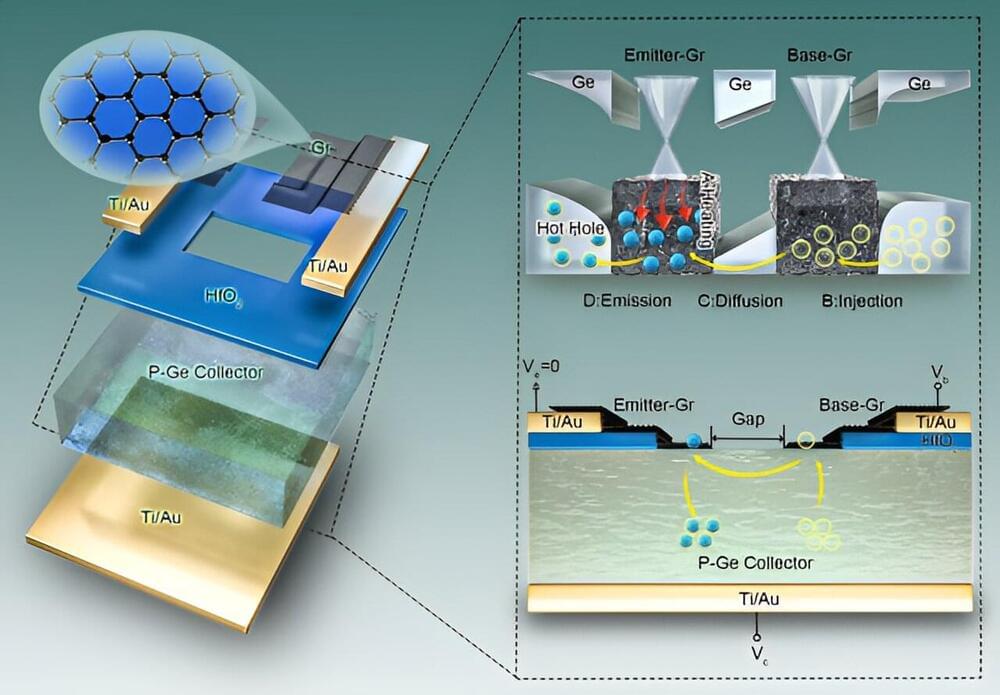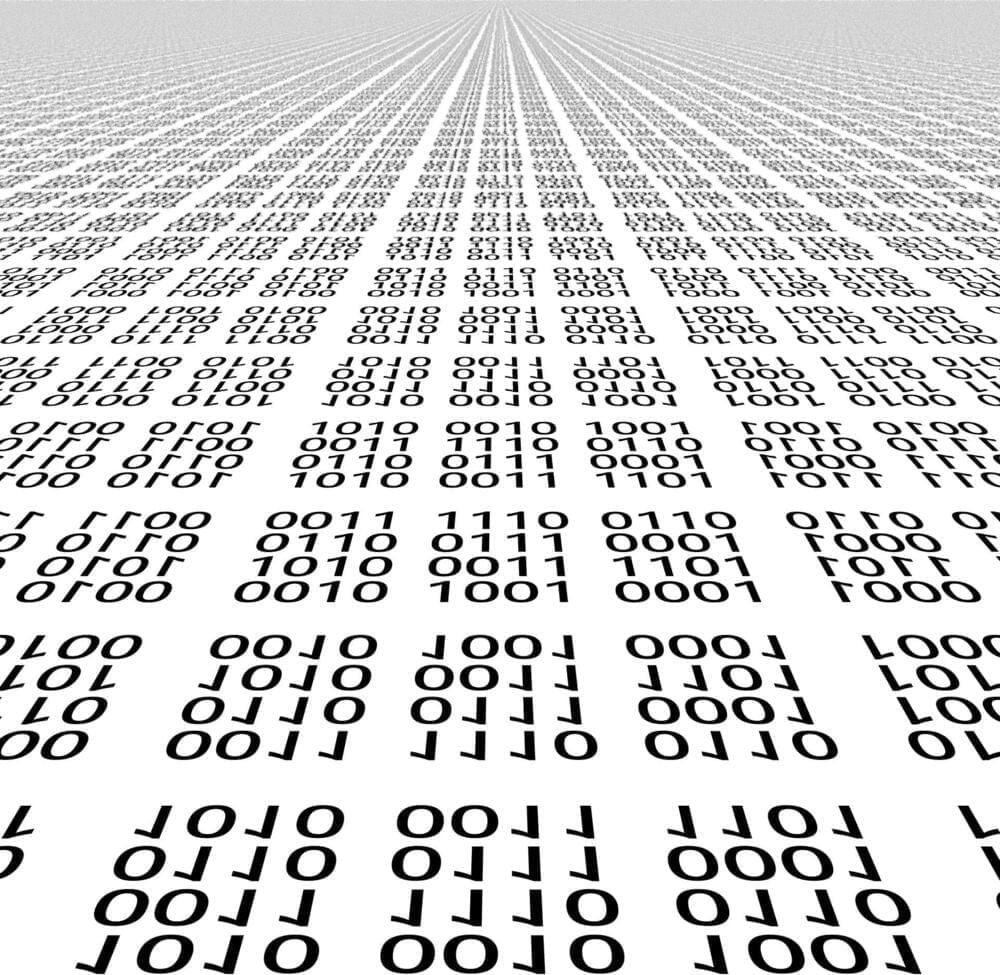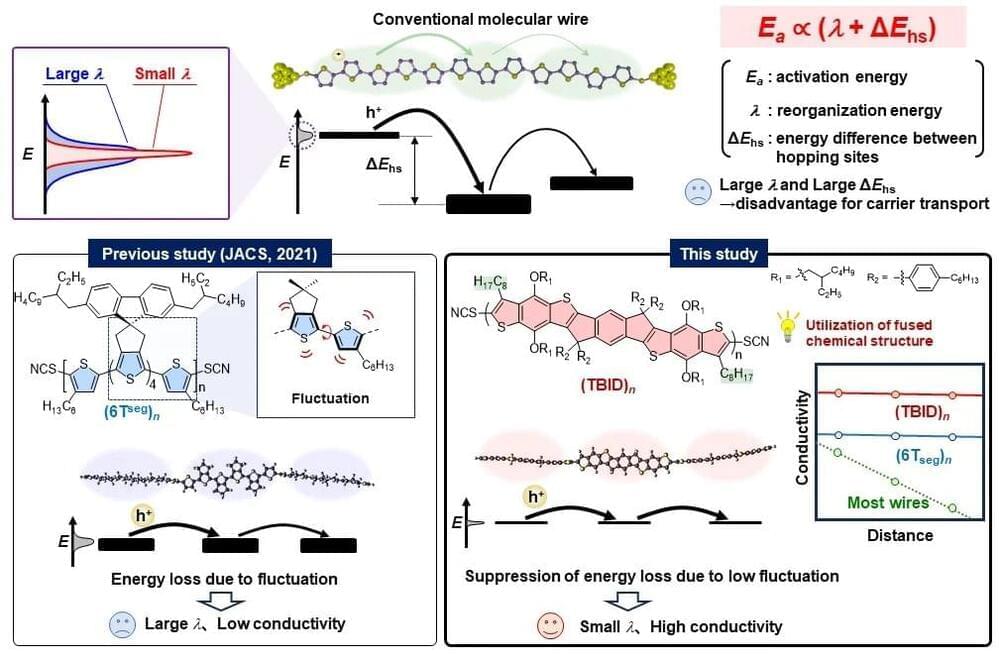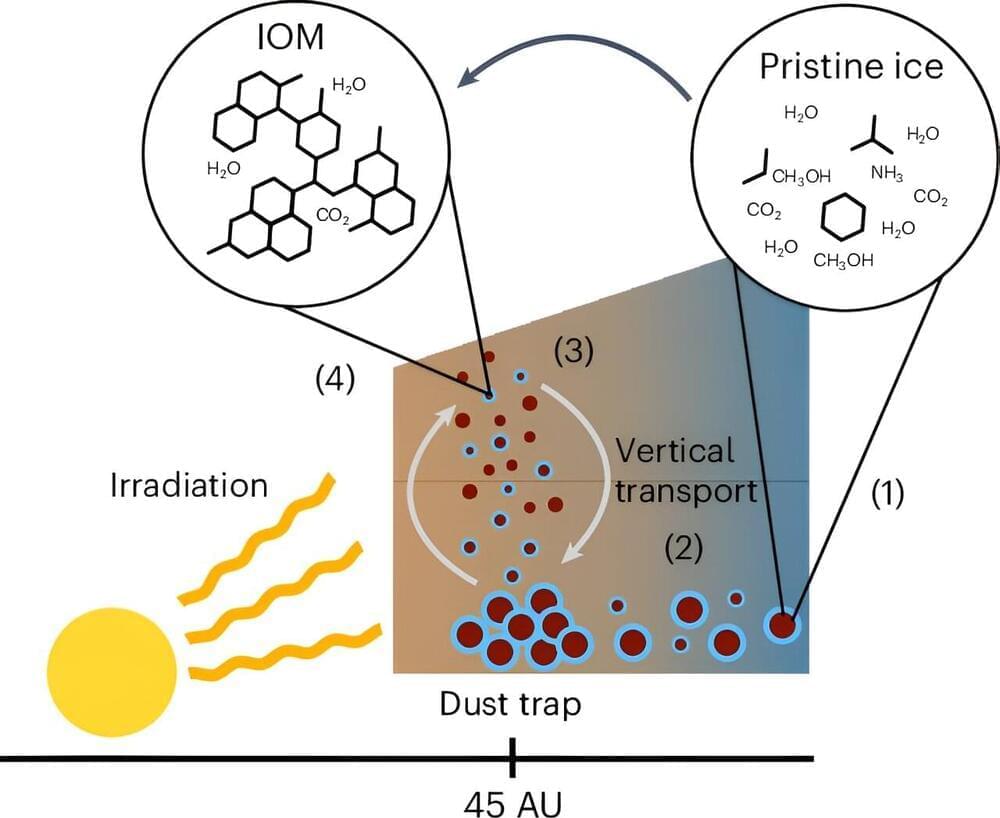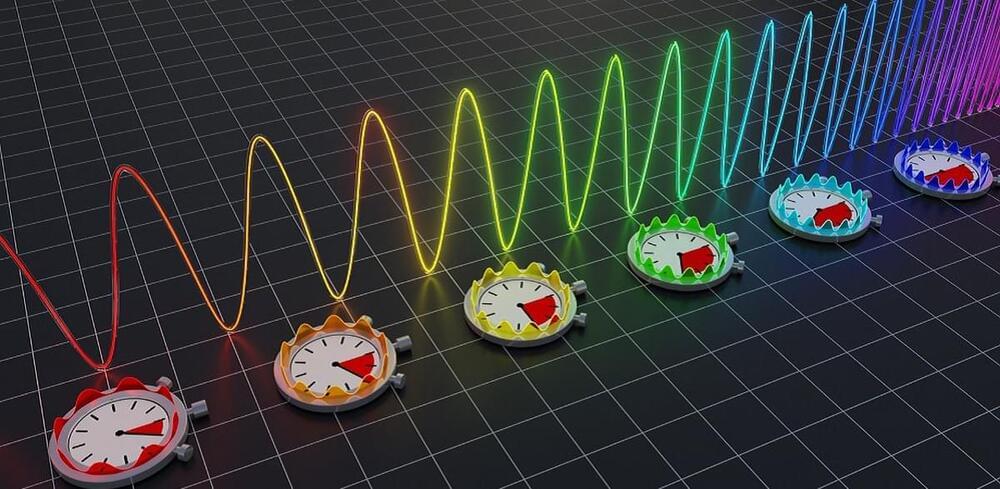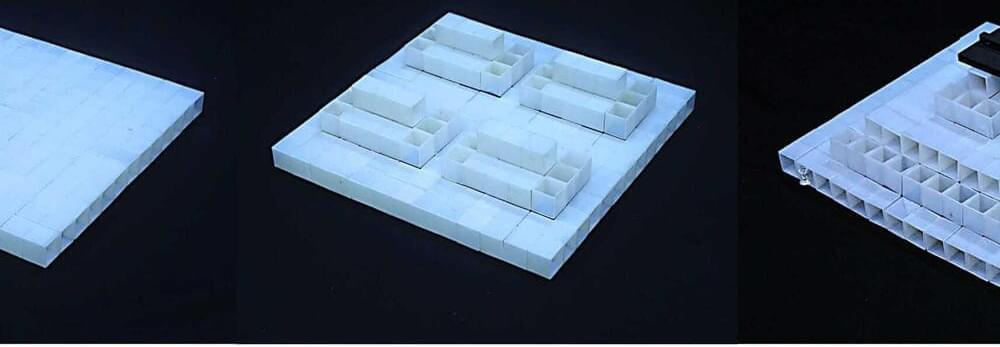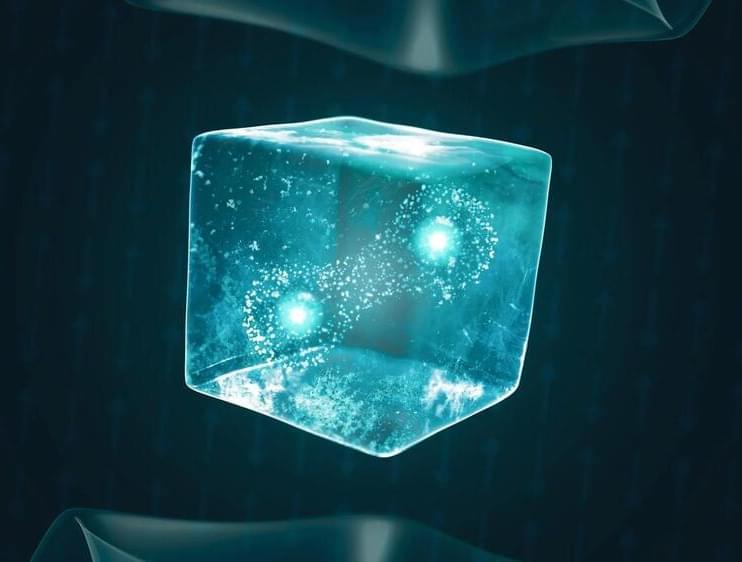Transistors, the building blocks of integrated circuits, face growing challenges as their size decreases. Developing transistors that use novel operating principles has become crucial to enhancing circuit performance.
Hot carrier transistors, which utilize the excess kinetic energy of carriers, have the potential to improve the speed and functionality of transistors. However, their performance has been limited by how hot carriers have traditionally been generated.
A team of researchers led by Prof. Liu Chi, Prof. Sun Dongming, and Prof. CHeng Huiming from the Institute of Metal Research (IMR) of the Chinese Academy of Sciences has proposed a novel hot carrier generation mechanism called stimulated emission of heated carriers (SEHC).
